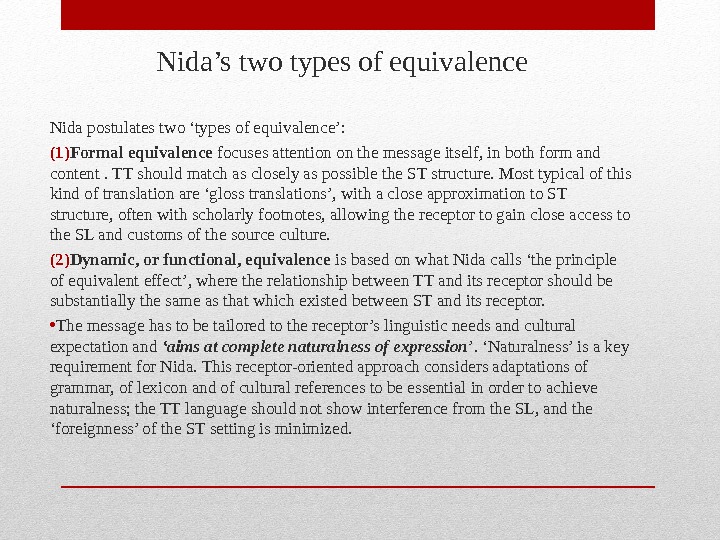
For example, one may talk of translation as a process or a product, and identify such sub-types as literary translation, technical translation, subtitling and machine translation moreover, while more typically it just refers to the transfer of written texts, the term sometimes also includes interpreting. Translation An incredibly broad notion which can be understood in many different ways. The definition is concerned with ‘interlingual translation (an interpretation of verbal signs by means of some other language)’ rather than the other two kinds of translation, ‘intralingual translation’ and ‘intersemiotic translation’ which are described by the Russo-American structuralist Roman Jakobson (1959 /2000:113).Ī more comprehensive definition is suggested by Shuttleworth and Cowie (1997: 181) Roger Bell (1991: 13) gives the notion ‘translation’ three distinguishable meanings: translating (the process), a translation (the product) and translation (the abstract concept which encompasses both the process of translating and the product of that process). In this part I will briefly represent a few of the influential writings on evaluating or judging Nida’s dynamic equivalence theory.Ģ.1 Requirements of a good translation theoryīefore describing what is required of a good translation theory, we must be clear about what translation is and what a translation theory encompasses. Nida’s systematic linguistic approach to translation has been investigated by record number of scholars and has provoked heated debated all over the world. In part 4 I endeavor to examine how Nida’s translation theory of dynamic equivalence satisfies the requirements of a good theory and how empirical it is in real and practical Chinese and English translating and conclusions are drawn in Part 5. Then in Part 3 I will explore in details Nida’s conceptual framework of dynamic equivalence.

In Part 2 I try to (1) describe the requirements of a good theory on which the essential argument of this essay rests, (2) discuss some scholars’ opinions on Nida’s dynamic equivalence translation theory. It is for this reason, I intend to use the insights gained from the discussion of requirements for a good translation theory to investigate whether Nida’s theory is a good translation theory from both the theoretical and practical points of view. Meanwhile, Nida’s translation theory also receives fierce criticism for many reasons, which, not surprisingly, leads to the suggestion that Nida’s dynamic equivalence theory appears not to be a satisfying theory. Nida’s translation theory of dynamic equivalence has exerted considerable influence all over the world and brought about a quantum leap of translation theory. Nida, in his Toward a Science of Translating (Nida, 1964) and the co-authored The Theory and Practice of Translation (Nida and Taber, 1969), expounds the theory of dynamic equivalence which shifts the focus in translating from the above debate to the response of the receptor and attempts to analyze translation with a systematic, theory-based approach to many disciplines, particularly linguistics.


In the early1960s, the American linguist and translator Eugene A. Up until the 1950s, theoreticians had been involved in circular debates around word-for-word and sense-for-sense translation for over 2000 years. After careful examination and analysis against each requirement, Nida’s theory is found to be theoretically satisfying and practically applicable. Nida discarded traditional approach placing too many demands upon the reader to become informed about the original culture, approached translation from a scientific point of view and shifted the focus to the receptor’s response. In Nida’s theory, the new concepts of dynamic equivalent, equivalent effects and three-stage translating procedures made the theory so influential in the following century. Nida’s dynamic equivalence theory from the point of view of requirements for a good translation theory.

This essay presents an analysis of Eugene A. Critical Analysis of Nida’s Dynamic Equivalence Theory - Translation Theory Essay


 0 kommentar(er)
0 kommentar(er)
